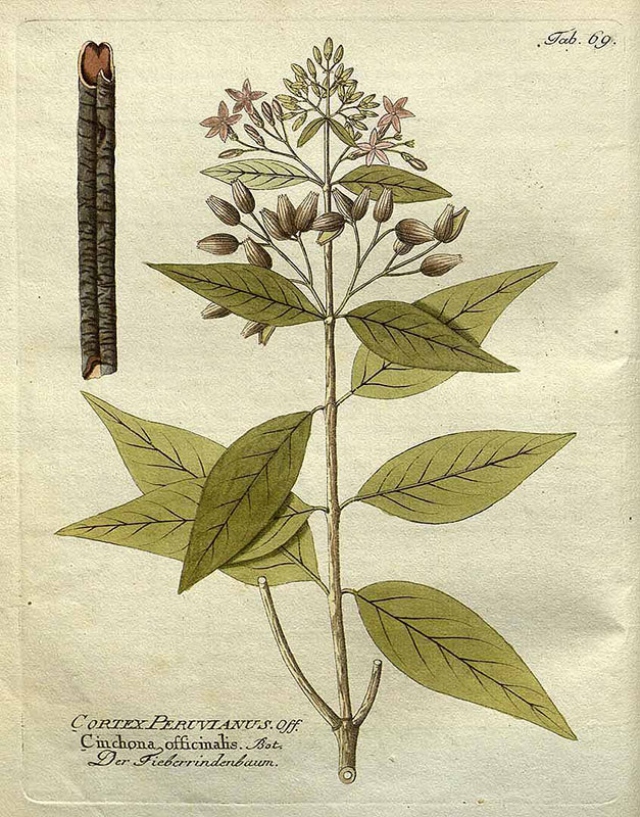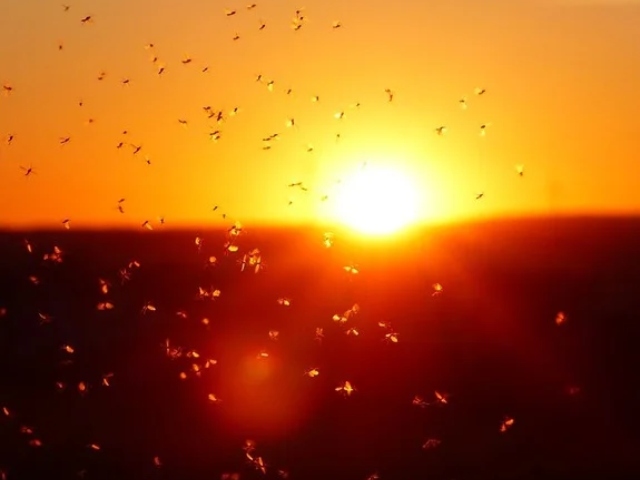
-
You Have Mosquitoes To Thank For Creating Happy Hour
18 Mar 2024 by Tayla in Fitch & Leedes, History, Lifestyle, Partners, World
[imagesource:getarchive/pixabay]
Yep, mosquitoes created happy hour.
That’s because the disease they’re known for spreading (malaria) helped forge the classic G&T cocktail, a drink with as much recreational worth as it has medical value.
While most people think of gin as the cocktail’s key component, it is really the tonic water part that deserves to come to the forefront.
Behind the cans of fizzy liquid, lies a fascinating story of a tree that encompasses the histories of medicine, empire and enjoying a good old cocktail during happy hour.
The tangy taste of tonic water stems from quinine, an alkaloid derived from the bark of the Andean fever tree, formally known as the Cinchona. This tree’s remarkable medicinal qualities were uncovered as a fever treatment in South America during the early 17th century. For 300 years, until it was replaced by synthetic antimalarials in the West, Cinchona provided the only effective treatment for malaria.

Image: here
Malaria only existed all over Europe, including Britain, as recently as the early 20th century. Spread by mosquitos, it may have been the most lethal disease in history. But chewing on the bark of the Cinchona was one way to manage this.
During an 1854 expedition on the Niger River, Scottish physician William Balfour Baikie employed quinine as a preventative measure against malaria, rather than merely as a post-infection treatment. After proving to save lives, quinine, and the cinchona tree, suddenly became a vital tool for the control and expansion of empires, noted the Royal Botanic Gardens, Kew.
Between 1850 and 1865, the colonisers harvested seeds and plants from South America and took them to plantations in India and Java to develop cultivation practices. This essentially led to the medical boom of the G&T all over Europe.
As the idea of carbonated water was also making headway at the time – thanks to a gentleman named Johann Jacob Schweppe, who tried making the mineral water near his place sparkly – the folks who were ramping up quinine production realised that it is actually terribly bitter, like poison level bitter. Up until the invasion of India, people were mixing it with whatever they could get their hands on – beer, wine, you name it – until someone mixed it with Gin.
Indeed, gin was booming in Europe at this time, too, and was rationed to the soldiers stationed in India. The servicemen became real troopers when they began mixing what they were rationed into what is now known as the classic G&T and drinking it at what is now referred to as happy hour – all to abate the ravages of the mozzies.
The soldiers turned the vitamin-C-loaded lime they were given to fight scurvy, the sparkling water that helped with the heat, the life-saving quinine that treated possible malaria and of course, gin, which was all the rage, into a cocktail for the decades. Because the mozzies like to come out as the sun sets, the soldiers knew they needed to top up their quinine consumption around 5-6PM when they’d get bitten the most, so they got together, mixed their drinks and used those hours as an excuse to get hammered. Some things don’t change.
View this post on InstagramEven though in 1863 adverts for quinine tonic waters appeared across British colonies advertised as digestives and as (probably ineffective) fever remedies – the soldiers turned it into a drink that everyone couldn’t get enough of. Since then, bigshots have been capitalising on the remarkable remedy ever since.
Take Fitch&Leedes for example. Inspired by the intrepid gentlemen merchantmen of London, Ralph Fitch and William Leedes set sail on the Tyger in 1583 in search of new, exotic tastes in India and the East. Now, Fitch & Leedes speak of the romance and integrity of the bygone age.
Delicately carbonated, superbly balanced and infused with the world’s finest flavours, Fitch & Leedes takes you back to an era when things were still made with the utmost care and craftsmanship.
View this post on InstagramFitch & Leedes Indian Tonic, with an essence derived from the Fever Tree, is still the perfect Happy Hour addition.
[imagesource:kew]
Latest News
-
Thai Woman Sentenced To Death For Murdering 14 Friends With Cyanide In Shocking Killing Spree
[imagesource: Sararat Rangsiwuthaporn] A woman in Thailand, dubbed 'Am Cyanide' by Thai...
-
René Magritte Painting Sells For Record R2.1 Billion At Auction
[imagesource:renemagritte.org] A René Magritte painting portraying an eerily lighted s...
-
Brave Rape Survivor Alison Botha Faces New Challenge After Brain Surgery
[imagesource: Alison Botha] Gqeberha rape survivor Alison Botha, a beacon of resilience...
-
Get Ready For The Mother of All Celebrations As MCQP Turns 30
[imagesource:mcqp/facebook] Clutch your pearls for South Africa’s favourite LGBTQIA+ ce...
-
The Iconic Good Hope Centre Is Set For Redevelopment
[imagesource:capetown.gov] The City of Cape Town’s Mayoral Committee has approved the...
-






























